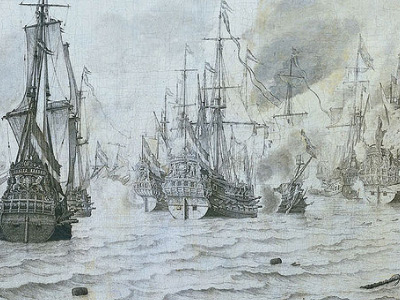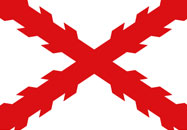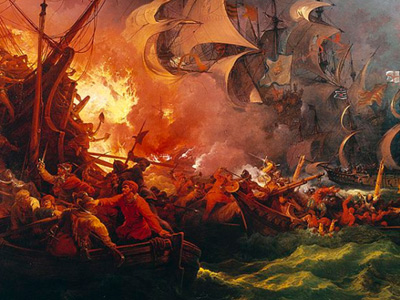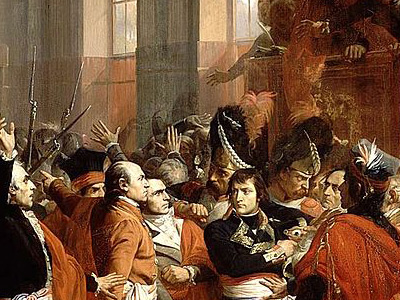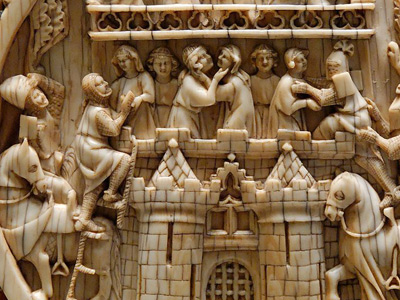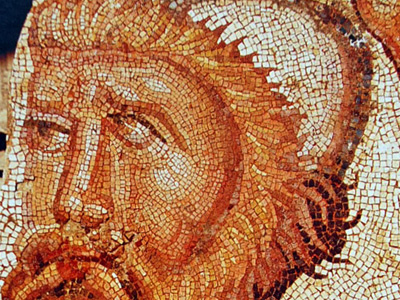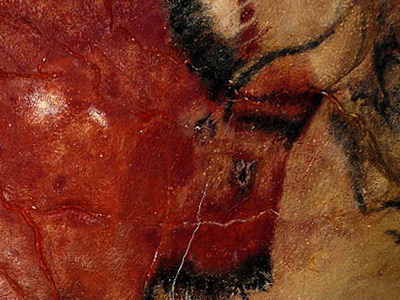Eighty Years' War (1568–1648)
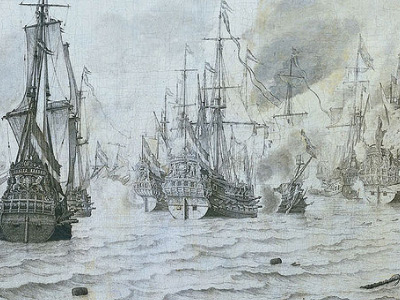
Twelve Years' Truce
The military upkeep and decreased trade had put both Spain and the Dutch Republic under financial strain. To alleviate conditions, a ceasefire was signed in Antwerp on 9 April 1609, marking the end of the Dutch Revolt and the beginning of the Twelve Years' Truce.
Although there was peace on an international level, political unrest took hold of Dutch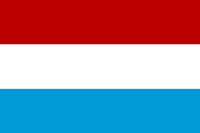 The Dutch Republic was a confederation that existed from 1579, during the Dutch Revolt, to 1795. It was a predecessor state of the Netherlands and the first fully independent Dutch nation state. Although the state was small and contained only around 1.5 million inhabitants, it controlled a worldwide network of seafaring trade routes. The income from this trade allowed the Dutch Republic to compete militarily against much larger countries. It amassed a huge fleet of 2,000 ships, initially larger than the fleets of England and France combined. domestic affairs. What had started as a theological quarrel resulted in riots between Remonstrants (Arminians) and Counter-Remonstrants (Gomarists). In general, regents would support the former and civilians the latter. Even the government got involved, with land's advocate Johan van Oldenbarnevelt taking the side of the Remonstrants and stadtholder Maurice of Nassau their opponents. In the end, the Synod of Dort condemned the Remonstrants for heresy and excommunicated them from the national Public Church. Van Oldenbarnevelt was sentenced to death, together with his ally Gilles van Ledenberg, while two other Remonstrant allies, Rombout Hogerbeets and Hugo Grotius received life imprisonment.
The Dutch Republic was a confederation that existed from 1579, during the Dutch Revolt, to 1795. It was a predecessor state of the Netherlands and the first fully independent Dutch nation state. Although the state was small and contained only around 1.5 million inhabitants, it controlled a worldwide network of seafaring trade routes. The income from this trade allowed the Dutch Republic to compete militarily against much larger countries. It amassed a huge fleet of 2,000 ships, initially larger than the fleets of England and France combined. domestic affairs. What had started as a theological quarrel resulted in riots between Remonstrants (Arminians) and Counter-Remonstrants (Gomarists). In general, regents would support the former and civilians the latter. Even the government got involved, with land's advocate Johan van Oldenbarnevelt taking the side of the Remonstrants and stadtholder Maurice of Nassau their opponents. In the end, the Synod of Dort condemned the Remonstrants for heresy and excommunicated them from the national Public Church. Van Oldenbarnevelt was sentenced to death, together with his ally Gilles van Ledenberg, while two other Remonstrant allies, Rombout Hogerbeets and Hugo Grotius received life imprisonment.
HISTORY
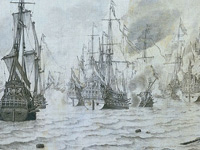
RESOURCES
This article uses material from the Wikipedia article "Eighty Years' War (1568–1648)", which is released under the Creative Commons Attribution-Share-Alike License 3.0.
© Stories Preschool. All Rights Reserved.
